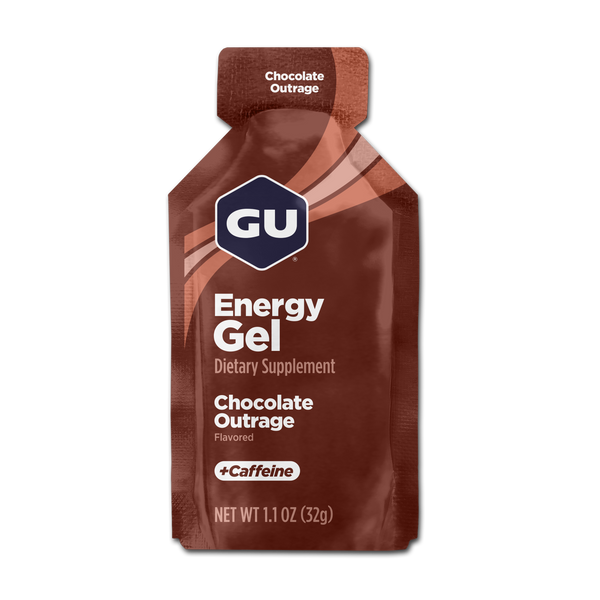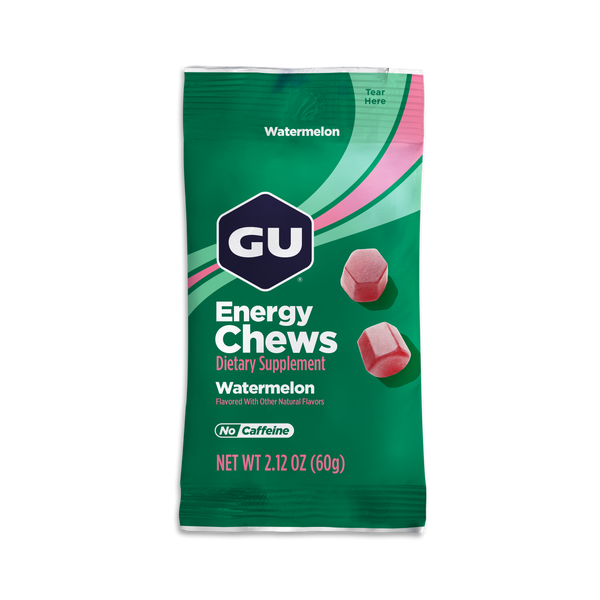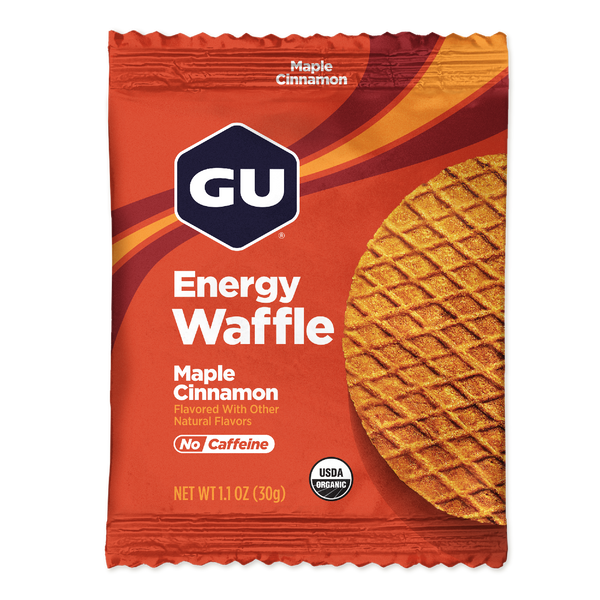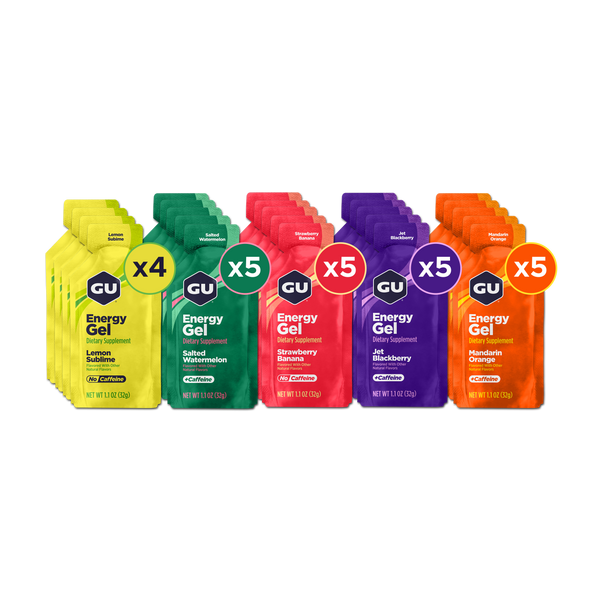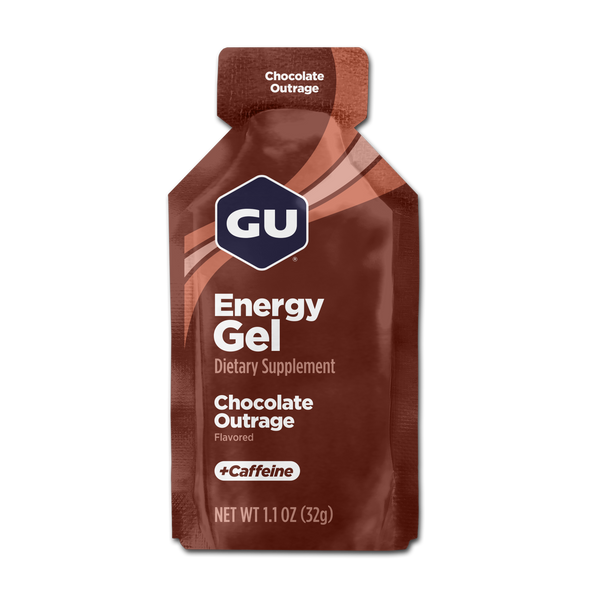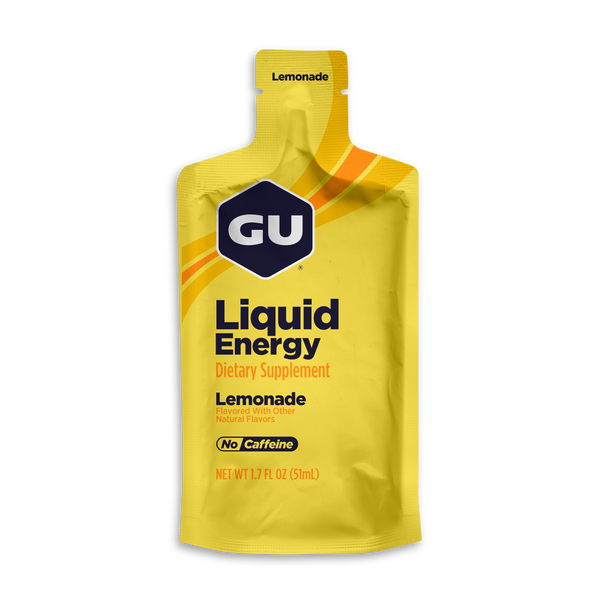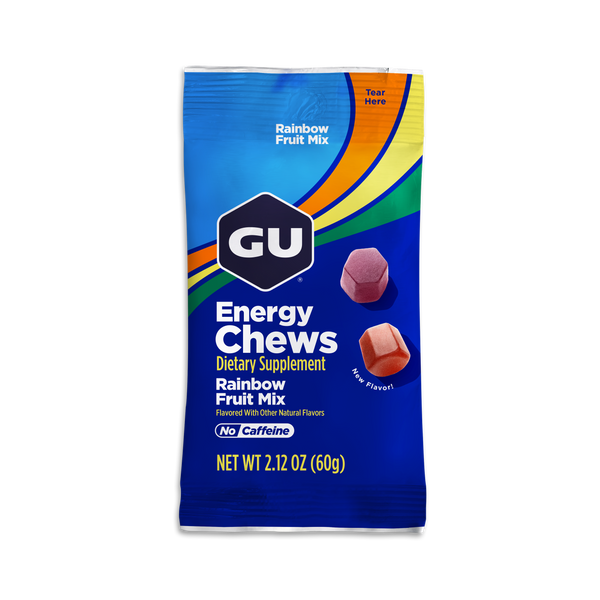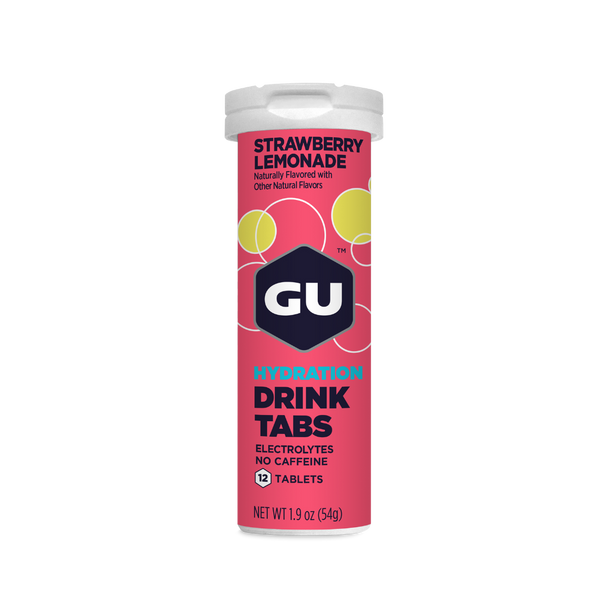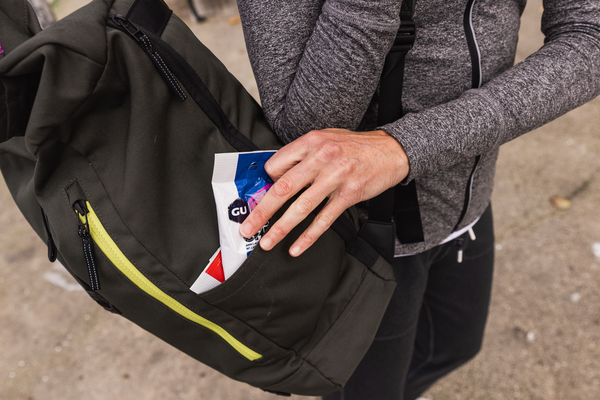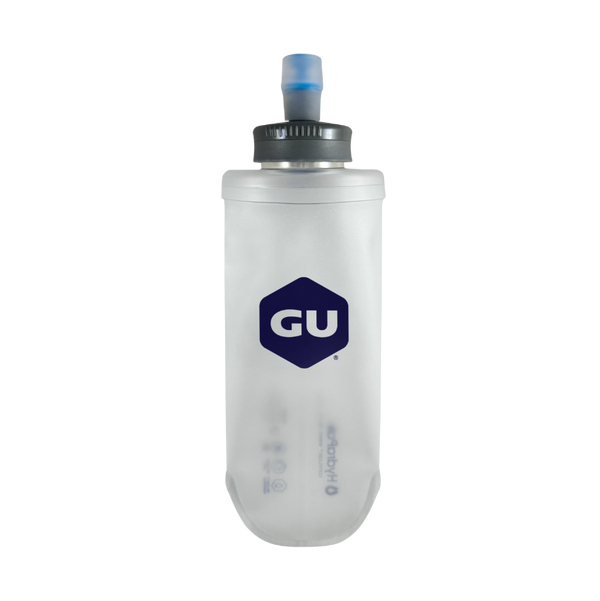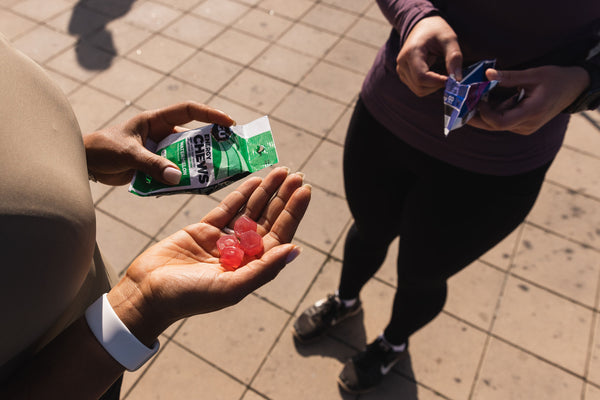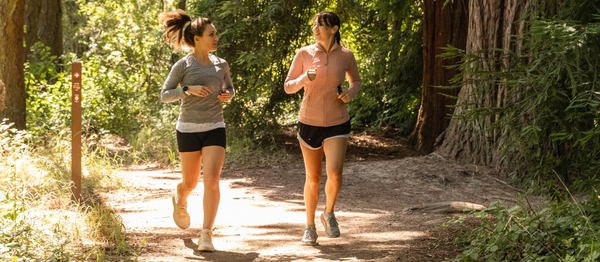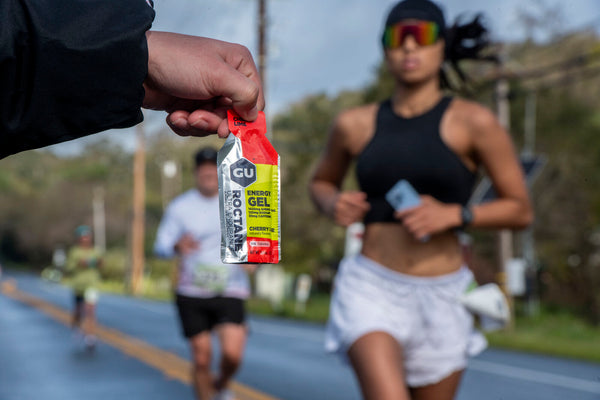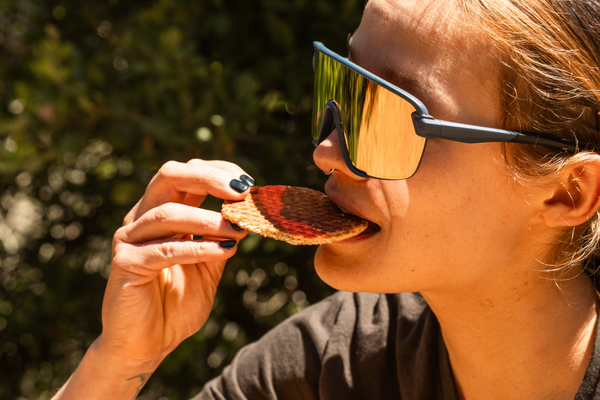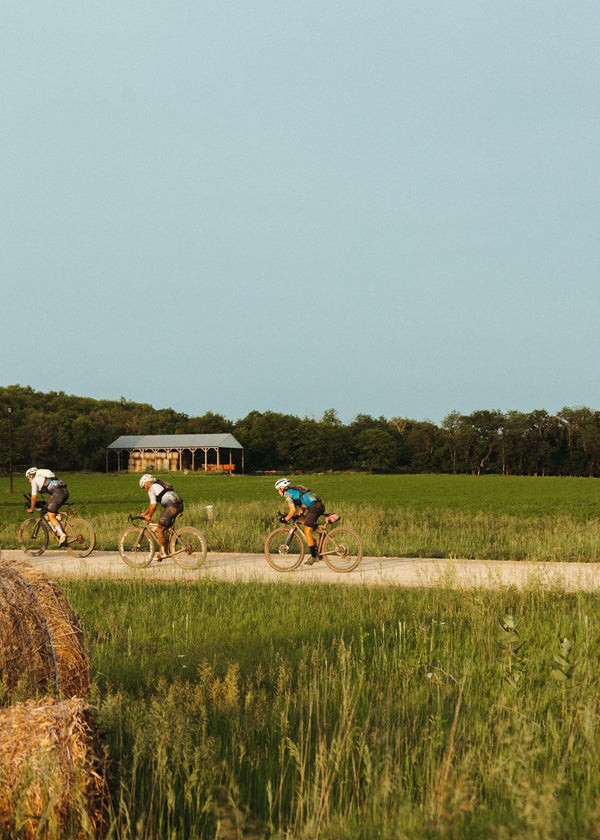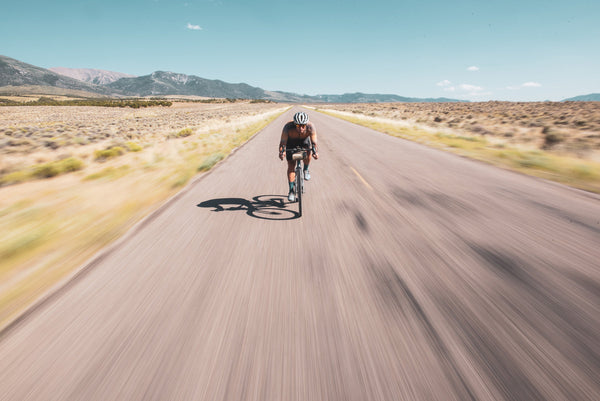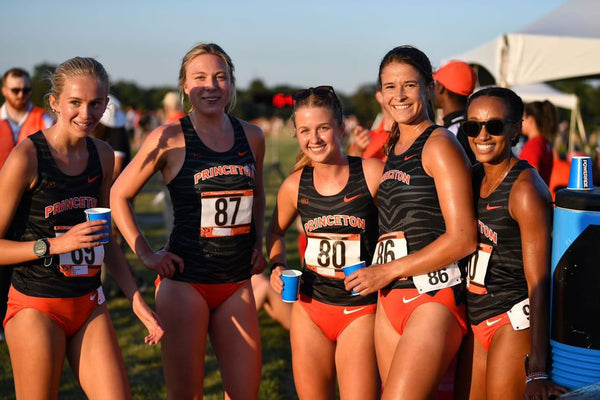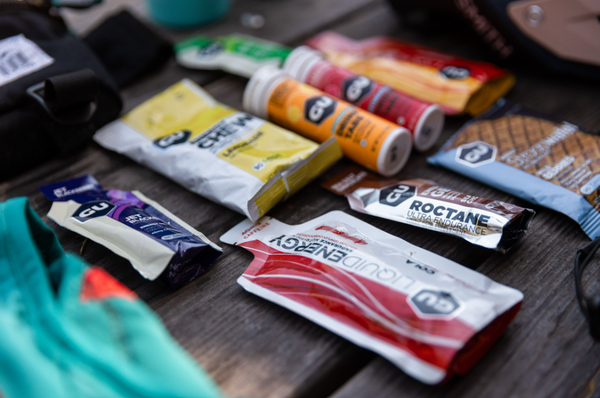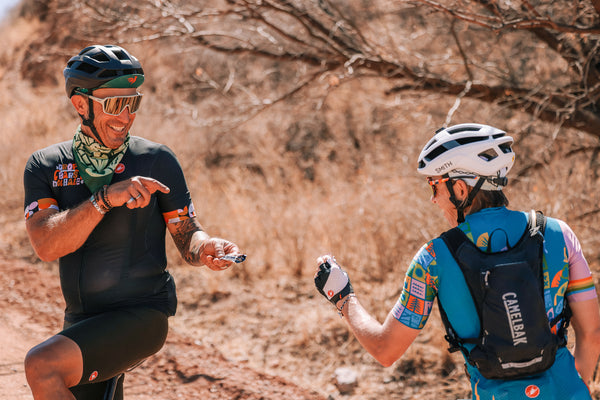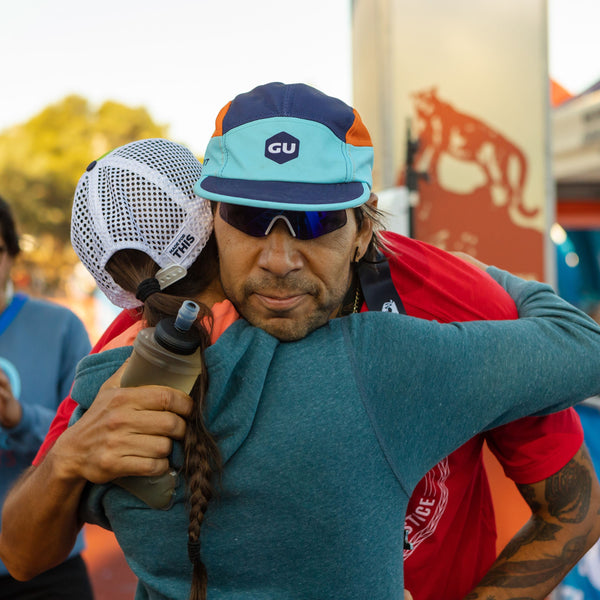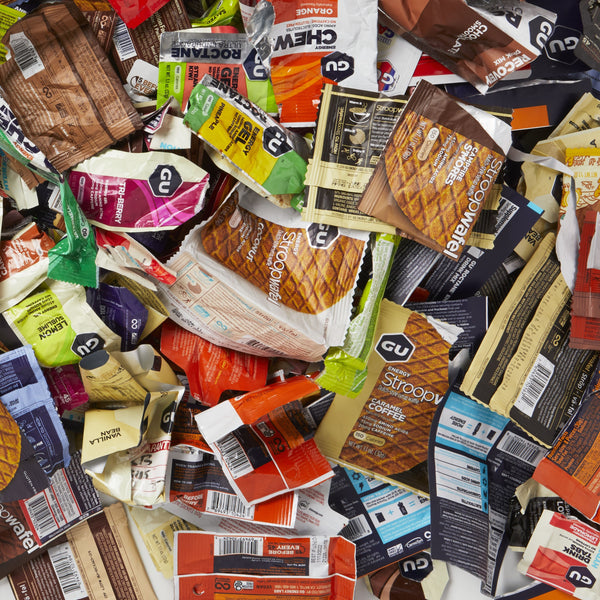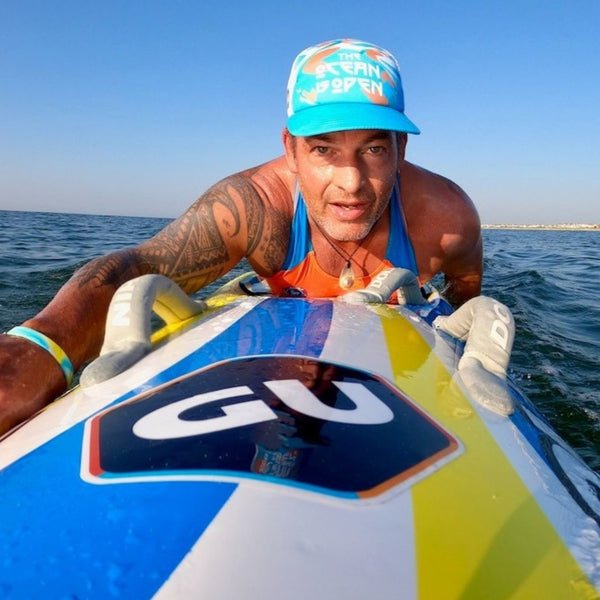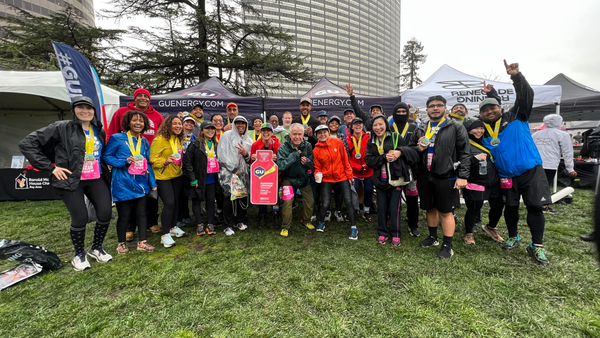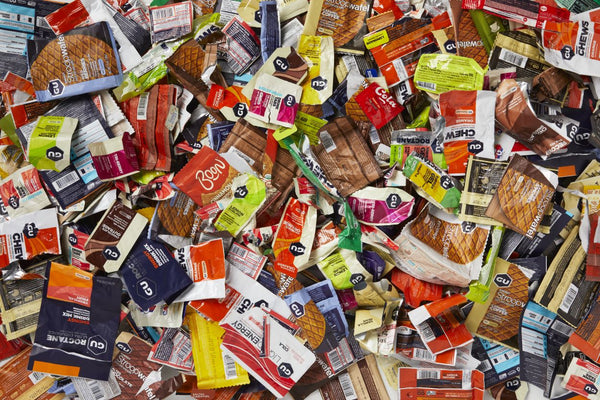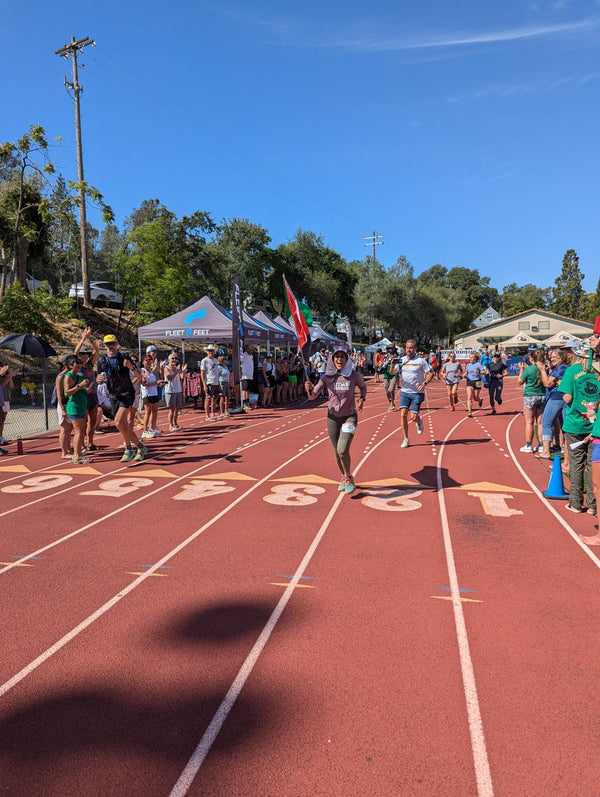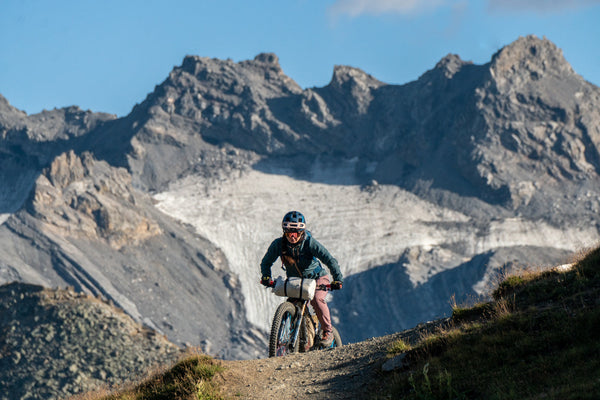Planning to run, ride, train, or compete outside during the summer months? If so, it’s a good idea to implement a heat management plan if you want to feel and perform your best. Heat management tactics come in many forms. Long-term, or chronic, strategies include heat acclimatization and acclimation. Short-term, or acute, strategies can be further broken down into pre- and per-cooling, which are implemented either directly before or during exercise, respectively. Within these categories, there are internal cooling methods, like drinking cold or frozen drinks, and external cooling methods such as applying cold packs, fanning, and cold water immersion. If you don’t know where to start, look no further. The GU Performance Lab will break down the ins and outs of heat management for you, so you can keep your cool when the mercury rises.

PLAYING THE LONG GAME: HEAT TRAINING
Heat training (also referred to as heat acclimatization/acclimation) reduces strain on the cardiovascular system, improves thermal comfort and exercise performance, and reduces the risk of developing exertional heat illness during exercise in hot/humid conditions. Heat training impacts multiple systems, including temperature regulation, cardiovascular function, and fluid-electrolyte balance.
For most of us, 1-2 weeks of daily heat exposure during training sessions of about 90 minutes are required, but shorter sessions of about 60 minutes can be used if you have more time (2-4 weeks, or more) to gradually acclimate. Heat adaptation is specific to the type of heat stress (dry versus humid heat) and the exercise intensity, so the best thing you can do is try to simulate the conditions you’ll be facing come race day.
What’s the difference between acclimatization and acclimation?
- Acclimatization occurs in response to a natural (warm/hot/humid) environment. For example, training outside in the summer months to later perform in similar conditions.
- Acclimation occurs in a simulated warm/hot/humid environment, such as a heat chamber (commonly used during research studies), sauna, etc. This may be useful if the athlete is training during cooler months or in more temperate climates to prepare for hot weather events.
Heat acclimation: Use a gradual 2-4 week approach or 1-2 weeks of a more condensed strategy.
METHODS
1. Active
- Exercising, including hot yoga in heated room or heat chamber.
- Training outdoors or indoors wearing extra layers (long sleeves, pants, warm hat)
2. Passive (resting)
- Sauna, dry or steam (passive) 20-30 min session, ideally immediately post-exercise to prolong the elevation in core temperature.
- Hot tub/hot bath (passive) 20-40 min duration, ideally post-exercise to prolong the elevation in core temperature, typically in water ~104°F (or as hot as tolerable), submerged up to the neck for the prescribed duration.
Remember that daily exposure to heat is best, if possible. For heat training, start at the lower end of the suggested duration (~60 min), and gradually work your way up to 90 minutes. The key to success is keeping your core body temperature elevated for the duration of exercise. The good news is that substantial adaptations occur in first 7-10 days of heat training and are usually complete by 2 weeks.
OTHER THINGS TO KEEP IN MIND
- The primary goals of heat training, aside from increasing thermal comfort, are lower exercising heart rate and core temperature, and an augmented sweat response (earlier onset, more profuse, more dilute sweat). Monitor your heart rate response over time to track your progress.
- Once heat training is complete, a loss of 2.5% per day of heat acclimation will occur if no further heat stress is imposed, and 35% of gains are lost after 2 weeks without heat exposure. This is important for timing of travel to events and tapering.
- Heat training may be performed several weeks prior to your target event, with subsequent “top-up” sessions implemented closer to race day.
- It’s important to rehydrate adequately after heat training sessions, along with the addition of carbohydrate and protein post-exercise to aid recovery and adaptation.

HEAT MANAGEMENT STRATEGIES: BEFORE AND DURING EXERCISE
There are a number of strategies you can use to before and during exercise to complement your chronic heat management protocols. Bear in mind that all acute strategies should be individualized—and practiced—before competition for best results.
Here are a few of them:
- Use ice towels, ice vests, ice socks, or ice packed in garments (neck bandanas, hats, sports bras, arm sleeves)
- Try a facial spray, douse your head and torso with ice water, or use cooling fans
- Wear light-colored, loose-fitting clothing, made of breathable/sweat-wicking fabrics
- Use sun protection (hat/visor, sunglasses, etc.), which limits the thermal gain from solar radiation
- Drink cold fluids/slushies before and/or during activity in hot/humid conditions to help keep core body temperature lower for longer. Adding solutes to the mix (e.g., carbohydrates and electrolytes) lowers the freezing point of water and can make for a subzero slushie. Just beware of the possibility of sphenopalatine ganglioneuralgia (a.k.a., brain freeze!).
- Cold water immersion is considered the most effective pre-cooling strategy, which can delay the rise in core temperature during exercise in the heat, helping athletes feel cooler and perform better. The goal is 10-20 minutes in 15-22°C (~60-75°F) water just before activity.


